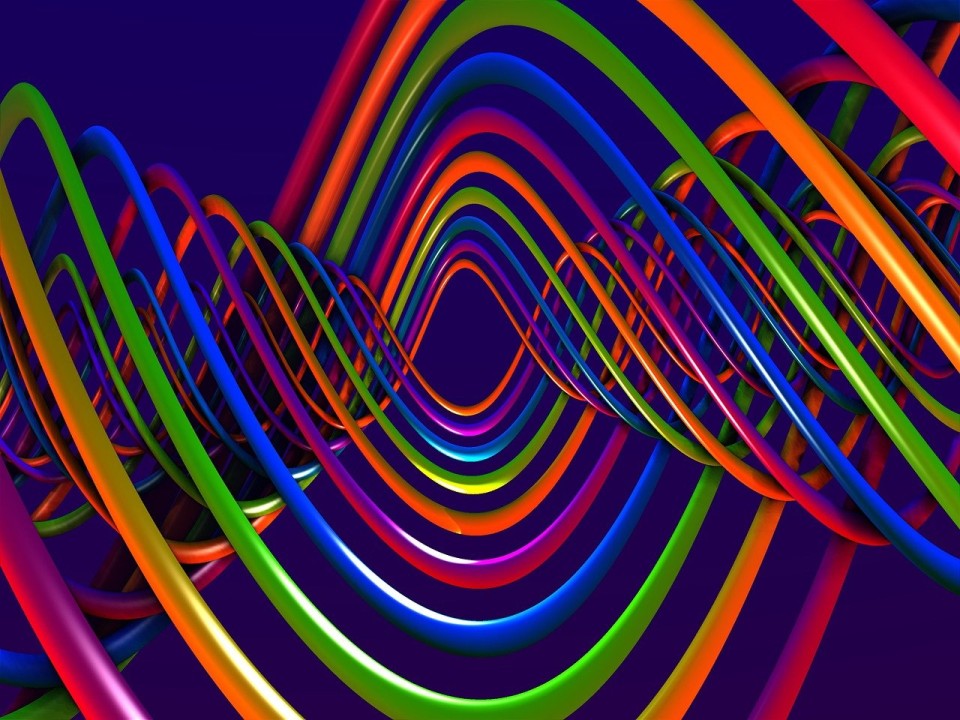Back in the 80s and 90s, a common birthday gift used to be “Plastic Town”. The present-day branded version of it is probably Lego. Have you ever played with any of them as a child or with your child?
The picture will take you back to your good old childhood days!
The Plastic Town Box ingredients were sets of coloured blocks (e.g, red, green, yellow, etc.) occupying predetermined spaces. There were also some special add-on blocks. The idea of this game is to build a house, vehicle or any other big structure by adding coloured blocks in different layers.

Think of your tooth once. The unknown creator of behind our tooth follows a plastic town strategy too! A collection of specialised cells similar to the coloured blocks of the Plastic Town come into action and make up each tooth layer by layer. These specialised cells are popularly called as Dental Stem Cells.
Where can you find these miracle cells in a tooth?
Over the time, researchers have isolated several populations of cells from different parts of the tooth. All these cells have a special property termed as pluripotency. It means they have a magic potion to drink to become any cell of the human body! This magic potion is received as a set of instructions from different genes that work in synergy.
It works the same way when a child uses the coloured plastic town blocks to build a truck or a jeep. Recombining patterns the same blocks become part of the structure of a house or a factory. What a resemblance! Isn’t it?
These “miracle cells” are found inside pulp of both naturally shed or exfoliated (children’s) and adult teeth, from the periodontal ligament that links the tooth root with the bone, from the tips of developing roots and from the tissue (dental follicle) that surrounds the yet-to-erupt tooth.

How did these miracle cells appear inside a tooth?
All these cells probably share a common lineage of being derived from neural crest cells. These are unique, transient primitive embryonic cells which arise from the ectoderm at the margins of the neural tube. After a phase of epithelial-mesenchymal transition and extensive migration, these cells settle down in different parts of the body to contribute to the formation of a plethora of different tissues and organs of the body including teeth.
Neural crest derivatives originate from four major segments of the neural axis: cranial, cardiac, vagal, and trunk neural crest.
The cranial neural crest gives rise to the majority of the head connective and skeletal structures, nerves and pigment cells.
The cranial neural crest gives rise to the majority of the head connective and skeletal structures, nerves and pigment cells.
Why should you know more about did these miracle cells?
The more we understand these miracle cells the better innovations will result. There are several areas of research where dental stem cells are currently considered to offer potential applications:
- Tooth bank
The dental stem cell preservation services, “tooth banks”, focus on the collection of a child’s baby teeth, as they are shed naturally, and storage of the stem cells from within the pulp for therapeutic use in later years should the child require them.
In Japan, the first tooth bank was established in Hiroshima University and the company was named as “Three Brackets” (Suri Buraketto) in 2005. Stemade introduced the concept of dental stem cells banking in India recently by launching its operations in Mumbai and Delhi.
Tooth banks are good news for modern day dentists!
- Dental Tissue Repair
Uses of dental stem cells to repair damaged tooth tissues such as dentine, periodontal ligament and dental pulp or forming “bioengineerd tooth” are now talk of the town!
- Applications in Medicine
Dental stem cells are now known to be used for medical applications like heart therapies, regenerating brain tissue, for muscular dystrophy therapies and for bone regeneration.
In 2008 first advanced animal study for bone grafting was announced resulting in reconstruction of large size cranial bone defects in rats with human dental pulp stem cells!
Dental Stem Cell Genomics:
Latestof 2022
A latest research news published in 2022 (DOI: 10.1016/j.joen.2021.11.005) by Korean scientists revealed that at the single-cell level (using Single-cell RNA sequencing of hDPSCs and hPDLSCs) the genes were expressed in specific clusters. “The results of these analyses can be used as reference databases and valuable resources for further research in dental therapeutics”, as mentioned by the scientists.
Do you know the best source of obtaining these miracle dental stem cells?
Learn more about the therapeutic applications and get a career orientation about this industry




